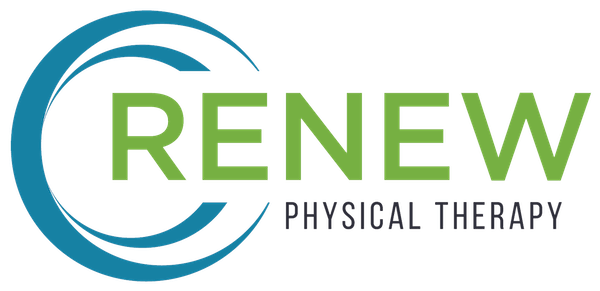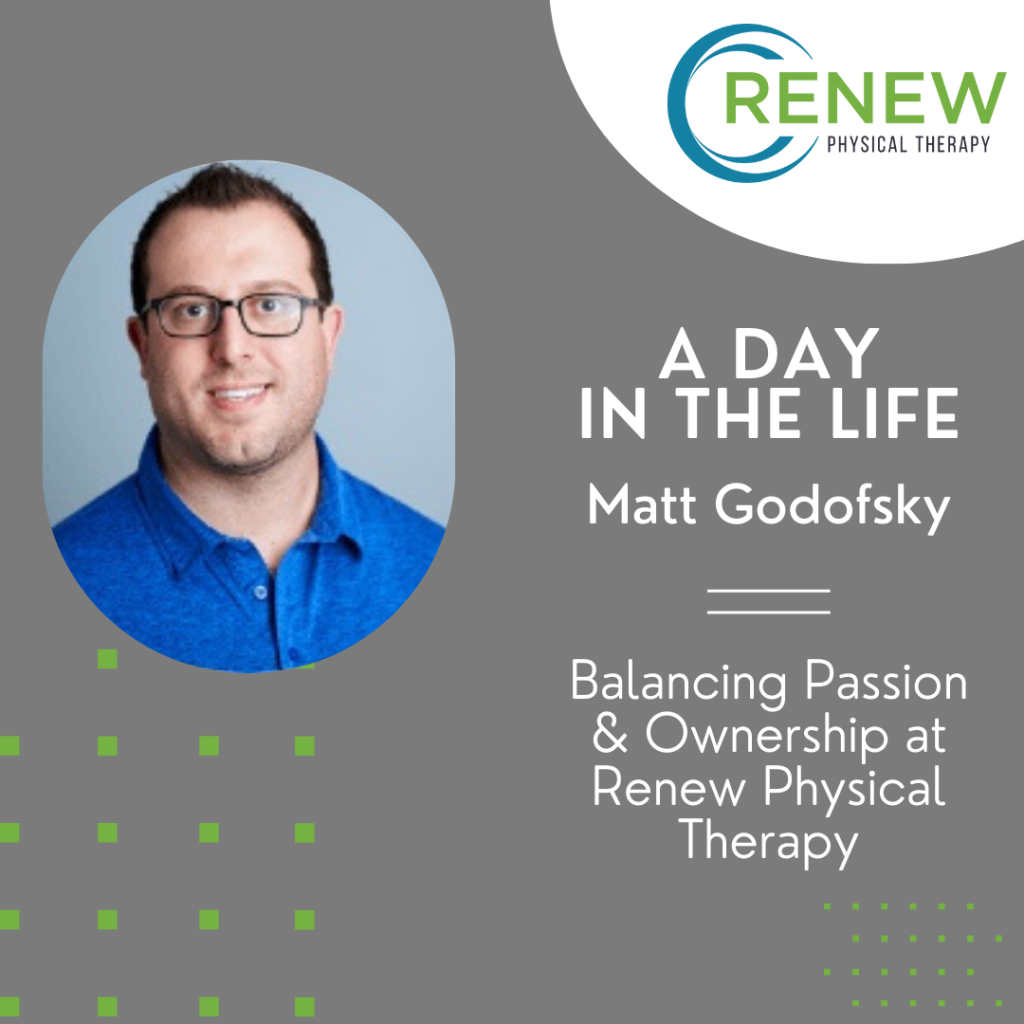In 2018, the U.S. Department of Health & Human Services (HSS) released a new set of exercise guidelines for people of all ages and stages in life. As Seattle physical therapist Erik Norwood notes, however, some of these HHS guidelines can be confusing, especially as they relate to exercise intensity.
“In the simplest of terms, intensity is the amount of work and energy you put into an activity,” said Norwood, owner of Renew Physical Therapy in Seattle. “It’s how hard your body has to work to achieve a particular movement-based goal, and it’s typically measured based on your heart rate.”
The HHS guidelines say adults should get 150 to 300 minutes of moderate-intensity aerobic exercise each week. Half that amount of time is required if the exercise intensity is high or “vigorous.”
So, what’s the difference?
“Intensity is measured by a percentage of your max heart rate (measured in beats per minute, or BPM), which varies from person to person,” Norwood said. “The target heart rate for moderate intensity exercise is 50 to 70 percent of your max heart rate. For vigorous exercise, it’s 70 to 85 percent.”
According to the Mayo Clinic, one way for people to estimate their max heart rate is to subtract their age from the number 220. So, for instance, the estimated max heart rate for a 40-year-old adult would be 180 BPM.
As this is only an estimate, Norwood said use this as a loose guideline. A person’s actual max heart rate depends on his or her cardiovascular fitness level, which requires more in-depth testing by a physical therapist or physician.
To gauge the exercise intensity of your workout as you exercise, however, Norwood said to simply pay attention to the clues your body gives you. For instance:
During moderate-intensity exercise, you breathe harder and quicker, but you can still carry on a conversation. Also, you’ll typically develop a light sweat after about 10 minutes of activity. Common activities considered moderate in intensity include brisk walking, household and yard work, dancing, playing with the kids, etc.
During vigorous-intensity exercise, your breathing becomes deeper and more rapid, and you generally can’t carry on a conversation without regularly pausing to take mid-sentence breaths. You’ll also develop a good sweat after just a few minutes of activity. Common vigorous activities include running, brisk hiking uphill, intense cycling, swimming, aerobics, and heaving lifting.
So, what’s best – moderate or vigorously intense exercise? According to Norwood, it all depends on your current fitness level and your overall fitness goals. Exercise intensity will affect how your body fuels itself – whether most of your energy comes from burning fats or carbs – so a weight-loss goal will require a different approach than, say, training for competition.
Following a thorough assessment of one’s physical fitness levels and a review of short- and long-term fitness goals, a physical therapist can help their client determine the optimal role intensity should play throughout his or her workout and/or training regimen.


